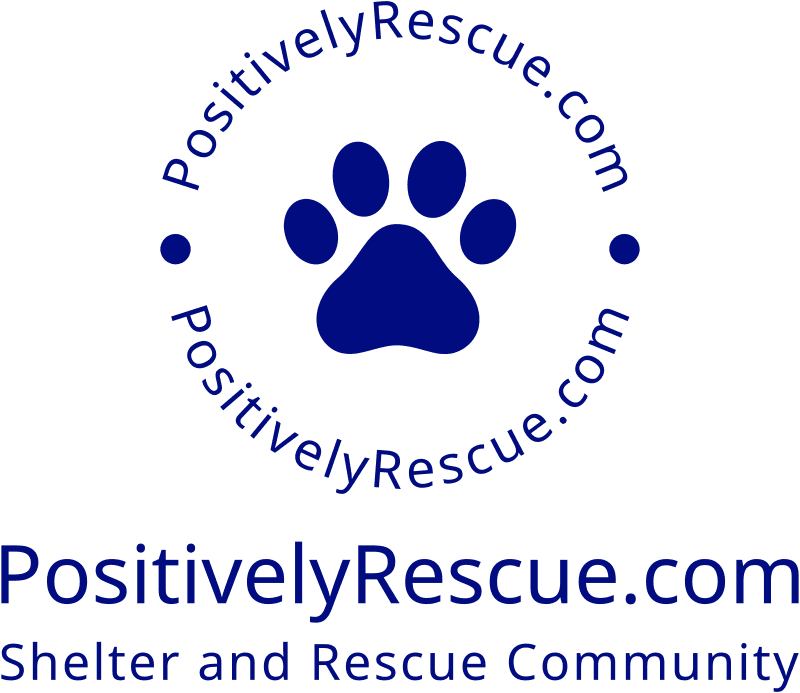🐾 Helping a Shy or Fearful Dog Feel Safe
Building Trust with Patience, Respect, and Small Wins
Some rescue dogs bounce into their new homes ready to play and bond right away. Others… don’t. They may shrink away, flinch from touch, hide under furniture, or avoid eye contact. These are often the dogs that have spent time in stressful environments like shelters—or who simply haven’t had many positive experiences with people.
If your new dog is fearful or shy, don’t worry. With time, consistency, and empathy, most fearful dogs can blossom into confident, loving companions. You don’t need to be a dog trainer—you just need to be patient and kind.
🧠 Why Is My Dog So Fearful?
Fearful behavior is often the result of:
-
Lack of socialization during early development
-
Past trauma or neglect
-
Sensory overload in a new environment
-
Sensitive temperament (some dogs are naturally more cautious)
Remember: your dog’s fear isn’t personal. It’s their way of saying, “I don’t feel safe yet.” Your job is to help them feel otherwise.
🔑 The #1 Rule: Let the Dog Set the Pace
Fearful dogs don’t need to be “pushed past their comfort zone”—they need space and control over interactions.
-
Let your dog come to you, not the other way around
-
Avoid reaching out, hovering, or staring—these can feel threatening
-
Sit quietly nearby, maybe with your side facing them, and wait
-
Use treats or toys to gently encourage—but never force—interaction
Even if your dog doesn’t approach, they’re learning that you’re safe to be near.
🏡 Creating a Safe, Predictable Environment
Fearful dogs thrive on routine and low-pressure settings. Here’s how to set them up for success:
-
Designate a quiet “safe spot” (crate, corner, or small room with soft bedding)
-
Use baby gates or pens rather than closing doors, to avoid a sense of being trapped
-
Keep a consistent daily schedule for meals, walks, and quiet time
-
Limit guests and noise during the adjustment period
Avoid overwhelming your dog with too much freedom, noise, or activity too soon.
🤝 Building Trust Through Small, Positive Interactions
Everything your dog experiences with you should feel safe, predictable, and rewarding.
Try:
-
Tossing high-value treats away from you, so they approach at their own pace
-
Hand-feeding meals once they’re comfortable enough to come near
-
Gentle enrichment games like snuffle mats or treat-finding
-
Short, pressure-free walks in quiet areas
Focus on bonding before training. Eye contact, touch, and play will come with time—don’t rush it.
❌ What Not to Do with a Fearful Dog
-
Don’t force interactions (“he just needs to get used to it” doesn’t work)
-
Don’t corner them or drag them out of hiding places
-
Don’t punish fearful behavior like growling or hiding
-
Don’t flood them with stimulation (crowded parks, loud gatherings, etc.)
These actions erode trust—and trust is everything when working with a fearful dog.
💬 Reading the Signals: Body Language to Watch For
Fearful dogs communicate constantly. Learn to recognize early signs of stress, including:
-
Avoiding eye contact
-
Lip licking or yawning (when not tired)
-
Tucked tail or lowered body posture
-
Panting when not hot
-
Freezing or sudden stillness
-
Whale eyes (white of eyes visible)
If you see these signs, create space or back off. Your dog will learn you’re listening—and that alone builds confidence.
🐾 Celebrate the Little Victories
Progress with shy dogs is measured in tiny wins:
-
Came out of hiding on their own
-
Took a treat from your hand
-
Relaxed in your presence
-
Made eye contact without flinching
-
Wagged their tail—or even just uncurled it
These steps may seem small, but they are huge milestones for a fearful dog. Celebrate them, and keep showing up with kindness.
🧠 When to Get Extra Help
If your dog shows:
-
Panic-level fear (bolting, self-injury, nonstop hiding)
-
Persistent fear-based aggression (lunging, biting)
-
No progress after several weeks of consistent, gentle handling
…it’s worth working with a certified professional who specializes in fear-based behaviors using force-free, positive methods.
💬 Final Thoughts
Fearful dogs don’t need to be “fixed”—they need to be understood. You don’t have to be perfect. Just show up consistently, respect their boundaries, and let them set the pace.
In time, that shy little dog who once flinched away may become the one resting their head on your lap, trusting you completely. And when that moment comes, you’ll know: every quiet victory was worth it.

